I paddled 22 miles today to a river access campsite called Lone Pine. After a few days in little towns where there were fewer mosquitos, toilets, and no mud, I had to laugh at going back to the muddy offload onto a steep bank, being surrounded by mosquitos and having to dodge poison ivy. Oh yeah, that’s right; roughing it. Ha haha. On one hand, it’s easier because I’ve got my rhythm down, I know exactly what to expect and how to do it. On the other hand, it’s less easy because the novelty has worn off.
I still enjoy living in nature though, despite the drudgery and discomfort. Today I saw bald eagles around every bend (more than 10…they’re starting to get so ubiquitous its hardly worth mentioning!), pretty kingfishers, and a couple deer at dusk. I heard an owl as I was falling asleep, and I am pretty good at identifying animals around camp by the weight of their footsteps. There was a deer nearby that sounded as if it were drunk, crashing through limbs and leaves all evening. Usually they’re pretty stealthy, this one was super clumsy. Sure enough, at one point, it came into camp and was surprised at my tent which it bounded over, nearly tripping. Funny.
My day was mentally absorbed by trying to figure out and worry about the water that my kayak was taking on. In Palisade, I emptied the boat, dried her out, took all my water bottles out and filled them and checked them all for leaks (none). I’ve been super attentive to making sure all caps are screwed on tightly, and that my camelback water tube thingy hasn’t leaked. On my way to Aitkin, the day was super windy, and I did have one wave lap up against me—when I arrived, there was ~2L of water in the boat—more than I thought was reasonably possible for that one wave to have dumped inside…but I couldn't be sure. I know the bulkhead between the cockpit and the back hatch leaks, but am not sure where the water is coming from. In Aitkin, I turned the boat upside down again, looking for cracks in the hull. I see a bunch of deep scratches, but am unable to tell whether they’re superficial or go all the way through. There’s no obvious place where pressure makes the hull do wonky things. Another trick is that the water stays in the boat overnight, so it doesn’t leak out the same way it leaks in, if it’s coming from the hull. I thought it could be coming from the rudder through-hull wire fittings, but when I paddled today, the water was calm, and no water washed over the back deck, and yet I still had water accumulation by the end of the day. I wore my full neoprene spray skirt today (so no water could enter from the cockpit), and I still had a few liters of water in my boat by the time I arrived to camp. So, I texted Jim, and woefully asked if he’d mind coming to help me figure out what’s going on. So tomorrow, he’ll meet me at Trommald Landing, just north of Brainerd in the evening.
In the meantime, I’ve collected ~50 data sets, so it’s time for me to download the first batch of data points from my water quality measurements (the water quality probe only holds 50 data sets at a time). And, I have paddled 300 miles! I know it’s not much in the scheme of things, but every 100 miles feels like a win to me.
I still enjoy living in nature though, despite the drudgery and discomfort. Today I saw bald eagles around every bend (more than 10…they’re starting to get so ubiquitous its hardly worth mentioning!), pretty kingfishers, and a couple deer at dusk. I heard an owl as I was falling asleep, and I am pretty good at identifying animals around camp by the weight of their footsteps. There was a deer nearby that sounded as if it were drunk, crashing through limbs and leaves all evening. Usually they’re pretty stealthy, this one was super clumsy. Sure enough, at one point, it came into camp and was surprised at my tent which it bounded over, nearly tripping. Funny.
My day was mentally absorbed by trying to figure out and worry about the water that my kayak was taking on. In Palisade, I emptied the boat, dried her out, took all my water bottles out and filled them and checked them all for leaks (none). I’ve been super attentive to making sure all caps are screwed on tightly, and that my camelback water tube thingy hasn’t leaked. On my way to Aitkin, the day was super windy, and I did have one wave lap up against me—when I arrived, there was ~2L of water in the boat—more than I thought was reasonably possible for that one wave to have dumped inside…but I couldn't be sure. I know the bulkhead between the cockpit and the back hatch leaks, but am not sure where the water is coming from. In Aitkin, I turned the boat upside down again, looking for cracks in the hull. I see a bunch of deep scratches, but am unable to tell whether they’re superficial or go all the way through. There’s no obvious place where pressure makes the hull do wonky things. Another trick is that the water stays in the boat overnight, so it doesn’t leak out the same way it leaks in, if it’s coming from the hull. I thought it could be coming from the rudder through-hull wire fittings, but when I paddled today, the water was calm, and no water washed over the back deck, and yet I still had water accumulation by the end of the day. I wore my full neoprene spray skirt today (so no water could enter from the cockpit), and I still had a few liters of water in my boat by the time I arrived to camp. So, I texted Jim, and woefully asked if he’d mind coming to help me figure out what’s going on. So tomorrow, he’ll meet me at Trommald Landing, just north of Brainerd in the evening.
In the meantime, I’ve collected ~50 data sets, so it’s time for me to download the first batch of data points from my water quality measurements (the water quality probe only holds 50 data sets at a time). And, I have paddled 300 miles! I know it’s not much in the scheme of things, but every 100 miles feels like a win to me.
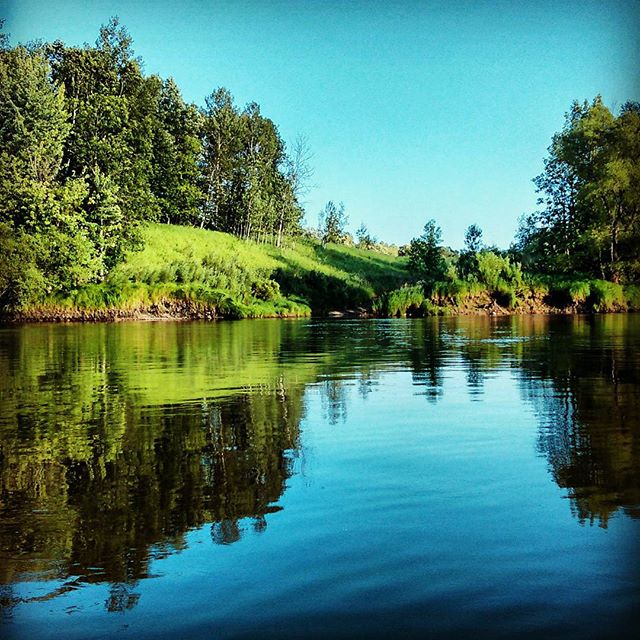
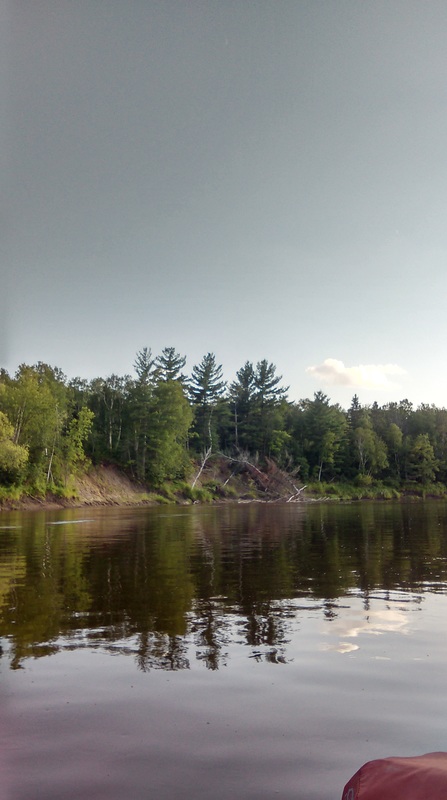
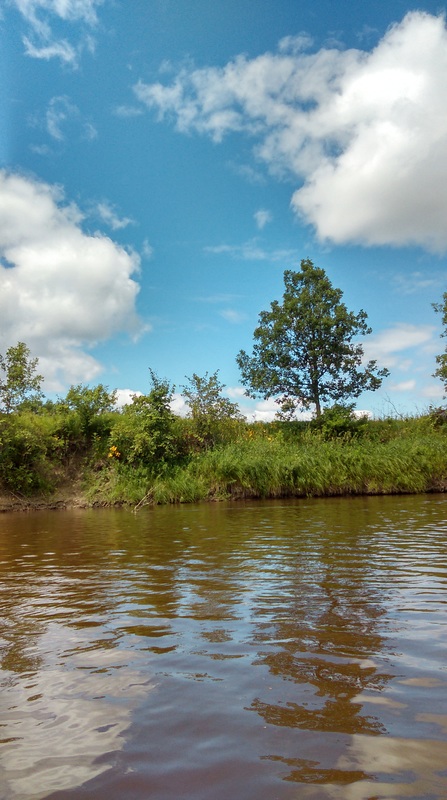
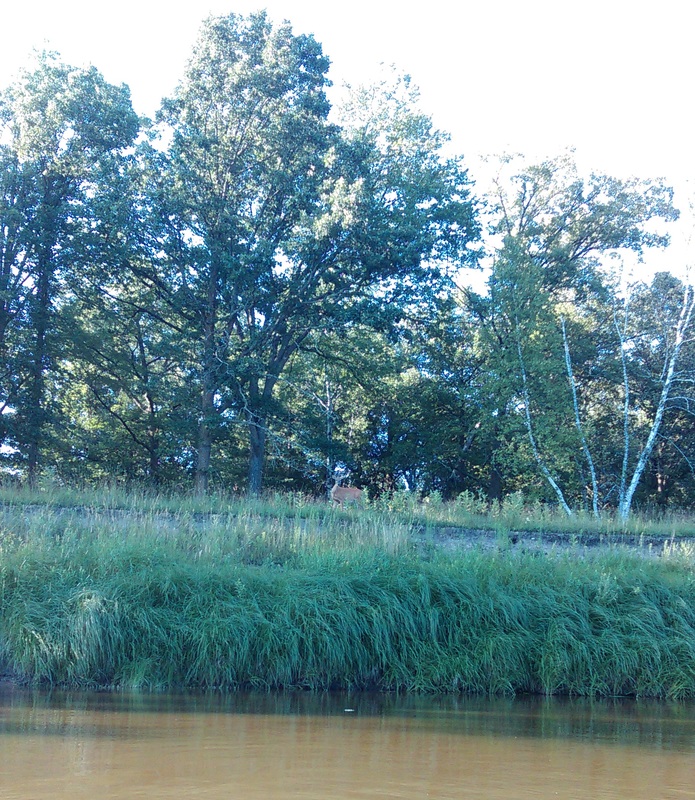
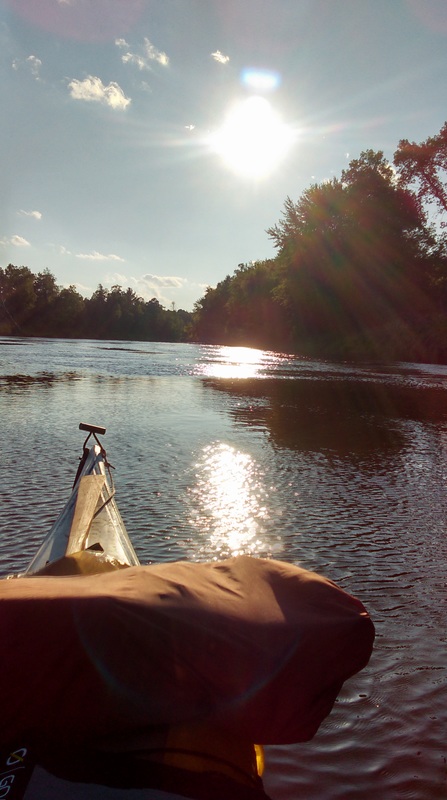
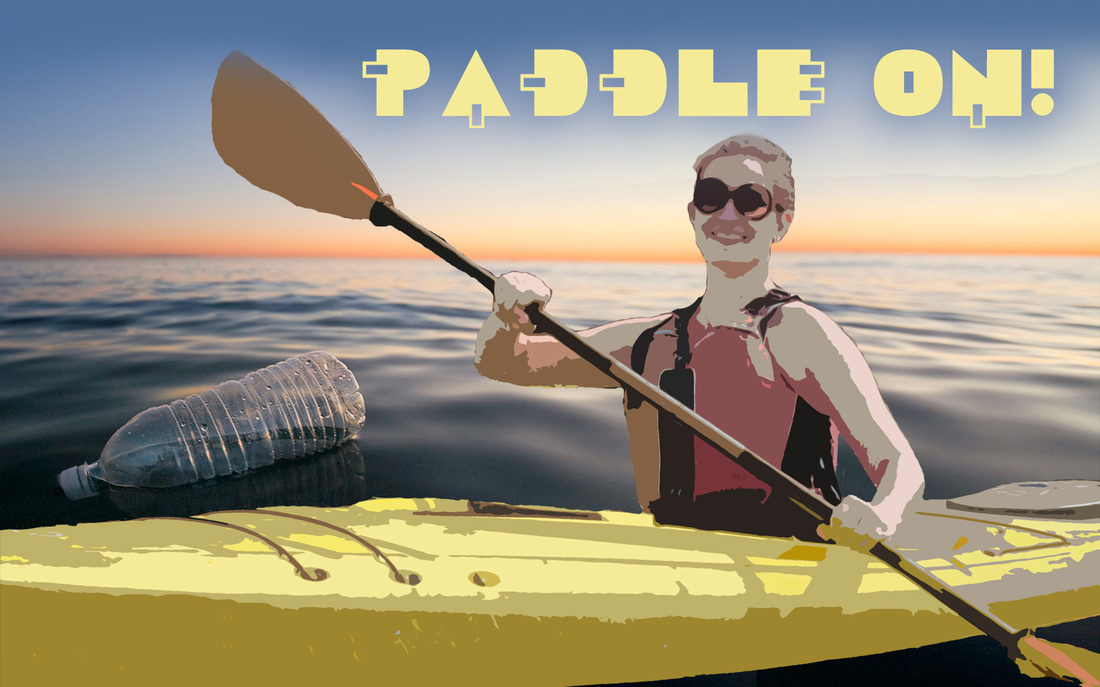
 RSS Feed
RSS Feed
